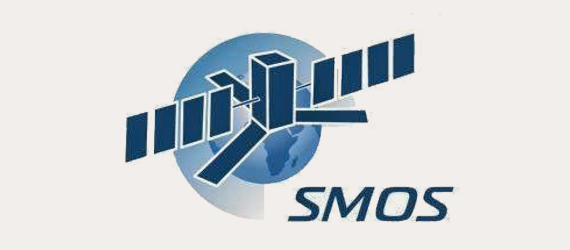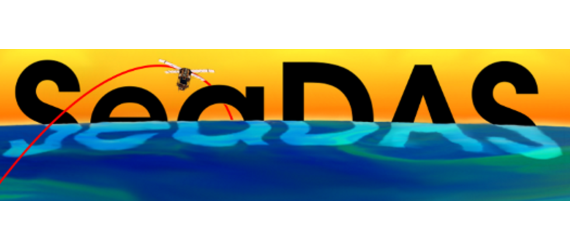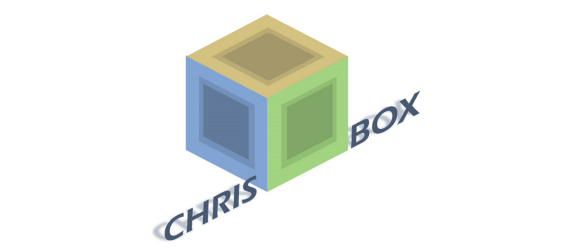About BEAM
BEAM is a platform facilitating a quick and easy development of great tools for the analysis and processing of Earth observation data. It comes with an extensible module framework and the intuitive VISAT graphical user interface. Several tools are included to employ the power of BEAM from the command line or within scripts. It's extensibility is well proven by diverse toolboxes and plugins, which have been built on top of BEAM. Some of the highlights are shown below. In addition, numerous BEAM extensions are available as plugins.

SMOS-Box
The project SMOS Toolbox for BEAM (SMOS-Box) has been brought into life in order to support users of data acquired by ESA's Soil Moisture and Ocean Salinity (SMOS) mission. BEAM and the SMOS-Box are user tools which ESA/ESRIN is providing free of charge to the Earth Observation Community. The SMOS-Box software is developed by Brockmann Consult under ESA contract initiated by Steven Delwart (ESTEC) and coordinated by Peter Regner (ESRIN).

SeaDAS
SeaDAS is a comprehensive software package for the processing, display, analysis, and quality control of ocean color data. While the primary focus of SeaDAS is ocean color data, it is applicable to many satellite-based earth science data analyses. Originally developed to support the SeaWiFS mission, it now supports most U.S. and international ocean color missions. The latest version (SeaDAS 7.4) is the result of a collaboration with the developers of ESA's BEAM software package. The core visualization package for SeaDAS 7 is based on the BEAM framework, with extensions that provide the functionality provided by previous versions of SeaDAS.

Chris-Box
The project CHRIS/Proba Toolbox for BEAM (CHRIS-Box) has been brought into life in order to
support users of data of the CHRIS sensor onboard of the ESA Proba platform. BEAM and the
CHRIS-Box are user tools which ESA/ESRIN are providing free of charge to the Earth Observation
Community. The CHRIS-Box software provides extensions for BEAM, which allow accomplishing the
following tasks:
Noise Reduction, Cloud Screening, Atmospheric Correction, Geometric Correction, TOA Reflectance
Computation, Feature Extraction

Nest
The Next ESA SAR Toolbox (NEST) is used for visualising, analysing and post-processing the large
amount of data from ESA SAR missions, including heritage ERS-1 & 2, ENVISAT and future
Sentinel-1. In addition, the handling of data acquired by missions like JERS-1, ALOS PALSAR,
TerraSAR-X, Radarsat-1 & 2 and Cosmo-Skymed will be supported.
NEST complements existing software packages and has been built on the BEAM Toolbox. It aims at
replacing the Basic Envisat SAR Toolbox (BEST) and undergoes development with periodic
releases. An integrated data viewer and orthorectification and mosaicking of SAR images are new
functions, which were not provided by BEST.

GlobToolbox
The GlobToolbox project has the aim to migrate the existing ESA GlobToolbox 1.0 software to the BEAM platform. The BEAM GlobToolbox 2.0 provides functions for the visualisation of various large data products of the DUE "Glob"-series of projects, as well as for the generation, inspection and analysis of time series generated from these global data products.
BEAM was initiated under ESA contract in 2001. The first non-preview version was released on the 6th
of Decemeber 2002. Being the first ESA open-source project, BEAM has
undergone more than 20 release cycles and has evolved from a basic ENVISAT/MERIS toolbox to an well
accepted and mature platform for the analysis and processing of Earth observation data in general. Since
initiation more than 30 projects have been realised by Brockmann Consult, either alone or as corporate
partner, which have made use of BEAM and have essentially driven the BEAM evolution. Many third parties
use BEAM internally.
Nowadays BEAM has a vital and growing user community, and has become an institution for many users and
developers dealing with the analysis and processing Earth observation data.
In 2014 the development of SNAP started. It was decided to join efforts and develop a common application
for the upcoming Sentinel satellites. Brockmann Consult, Array and C-S France formed the consortium to
create SNAP. Because of this effort the BEAM development has been concluded. But BEAM has a worthy
successor in SNAP.